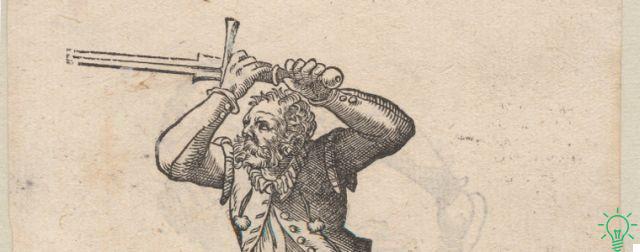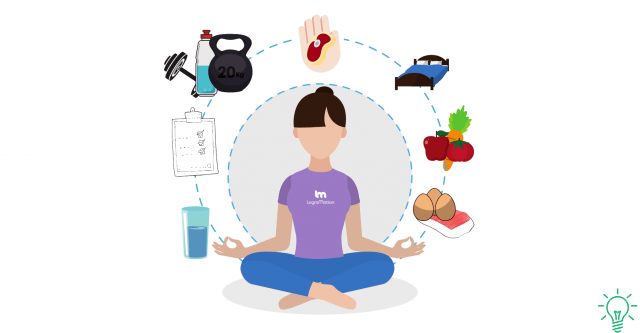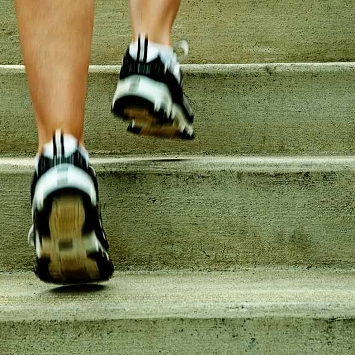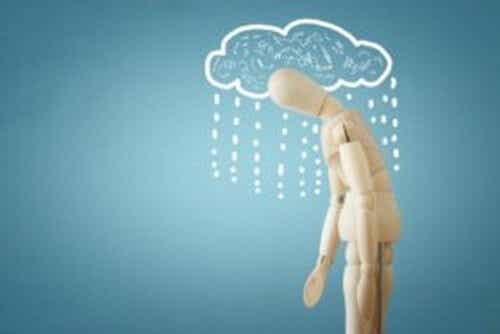Physical activity is a powerful tool with a special impact on how our brain works.

Physical activity energizes our body, making us breathe more deeply and oxygenate our cells, but it also improves neuroplasticity, or the brain's ability to change itself, until adulthood. It can help us adapt and cope with unexpected changes more easily.
Those who exercise have better brain functions, such as emotional regulation and processes that generate flexible thoughts, and can switch between tasks more easily. Physical activity, sport, also combats brain decline with age: research shows that exercise can reduce the risk of developing dementia by 30%.
During this uncertain period of time, problem-solving skills are needed more than ever, and regular physical activity can help.
Researchers at the University of Texas looked at the impact of high-intensity exercise on a chemical reaction in our body called BDNF, which causes nerve cells to grow.
This process is involved in the survival and repair of brain cells, in mood regulation and in some cognitive functions such as learning and memory.
Low BDNF levels are associated with a number of mental disorders, including depression, bipolar disorder, and schizophrenia. In this study, all adults who performed a high-intensity physical activity session experienced higher BDNF levels and improvements in cognitive function.
Fortunately, when we engage in leisurely exercise, our brains release more BDNF than when exercise seems like a chore.
Maintain long-term brain health
We are experiencing sporting activities in a very limited way due to social distancing: but walks are always allowed. Walking and other forms of aerobic exercise create changes in the hippocampus, which refers to learning, memory and emotion control.
A brisk walk essentially "protects the future" of the brain. Possible growth of new cells caused by BDNF and an increase in blood vessels that supply oxygen expands the hippocampal area of the brain during periods of intense exercise.
This process safeguards against natural brain cell atrophy over time, thus contributing to the maintenance of the brain.
Different exercises, different benefits
All activities that affect healthy brain development are important nourishment. Table tennis, which combines hand-eye coordination and socialization, has been shown to increase brain thickness in parts of the cortex related to social and emotional well-being.
This is especially important at a time when loneliness and social connection are weighing on many people.
Likewise, exercise that includes a variety of coordinated movements and builds muscles, such as dance, is particularly beneficial for the brain.
Finally, my favorite for the mind and body is yoga. Involves muscle toning and excellent stress relief. In my personal experimentation with exercise, it provides the best form of awareness.
For those struggling with maintaining regular exercise habits, there is good news. Individuals who do not engage in regular exercise may experience higher levels of growth of new brain cells once they begin aerobic exercise than those who engage in frequent exercise.
Benefits of physical activity
- Improve heart function;
- Stabilizes blood pressure;
- Regulates the metabolism;
- Muscle tone improvement
Physical activity has crucial psychological benefits, with improvement in particular mood e self-esteem. Physical activity, especially when carried out outdoors and in groups, contributes to social integration and socialization.
The sooner you start moving, the sooner you build your health.


























